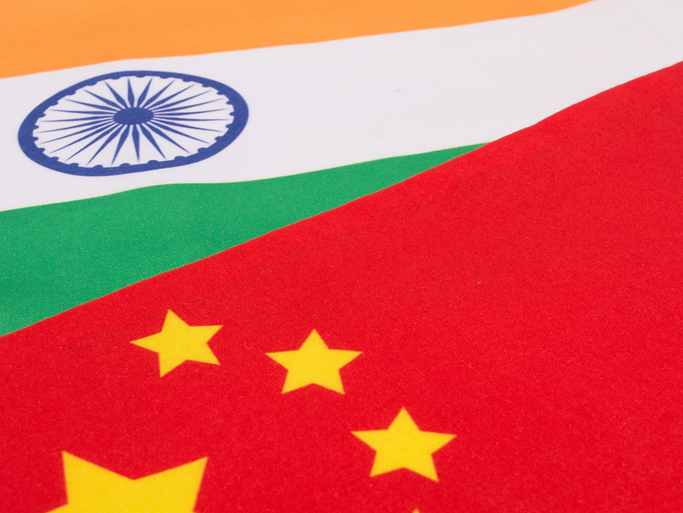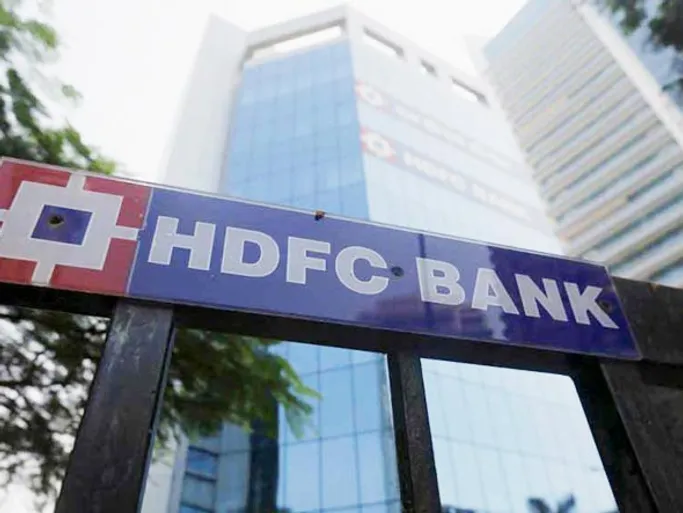While India has none of the colossal problems of a highly leveraged consumer base, highly leveraged financial firms, or highly overpaid CEOs and executives, India has its share of excesses.
“Shake hands but count how many fingers you get back.”
1) At the risk of being outcasts, we had stayed away from investing in financials like ICICI Bank. Their rapid growth in the loan book and their relentless focus on market share at the possible cost of profitability was typical of businesses built for high octane GDP growth levels. In a harsher risk-return environment, growth for the sake of growth is no longer rewarded. On September 30, the Reserve Bank of India – the central bank - had to issue a statement confirming that ICICI Bank was healthy and that the RBI would be willing to give it funds to match any withdrawals. We have no such “insolvency” concerns on ICICI Bank. We only had an issue with likely profitability and the valuation. 2) Another “contrarian” call we made was on real estate. We stayed away from the hype surrounding the “land banks” that were being built. Lehman, Wachovia, and a host of international groups were happily shoveling money to Indian developers and acquiring properties with some pretty ambitious assumptions on selling prices. With mortgage rates headed northwards (from 7% to 13% over the past 2 years) we were not quite sure how people would be able to pay for the homes that are needed. XL sheets create monsters that even a Harry Potter would find a challenge to overcome.
















